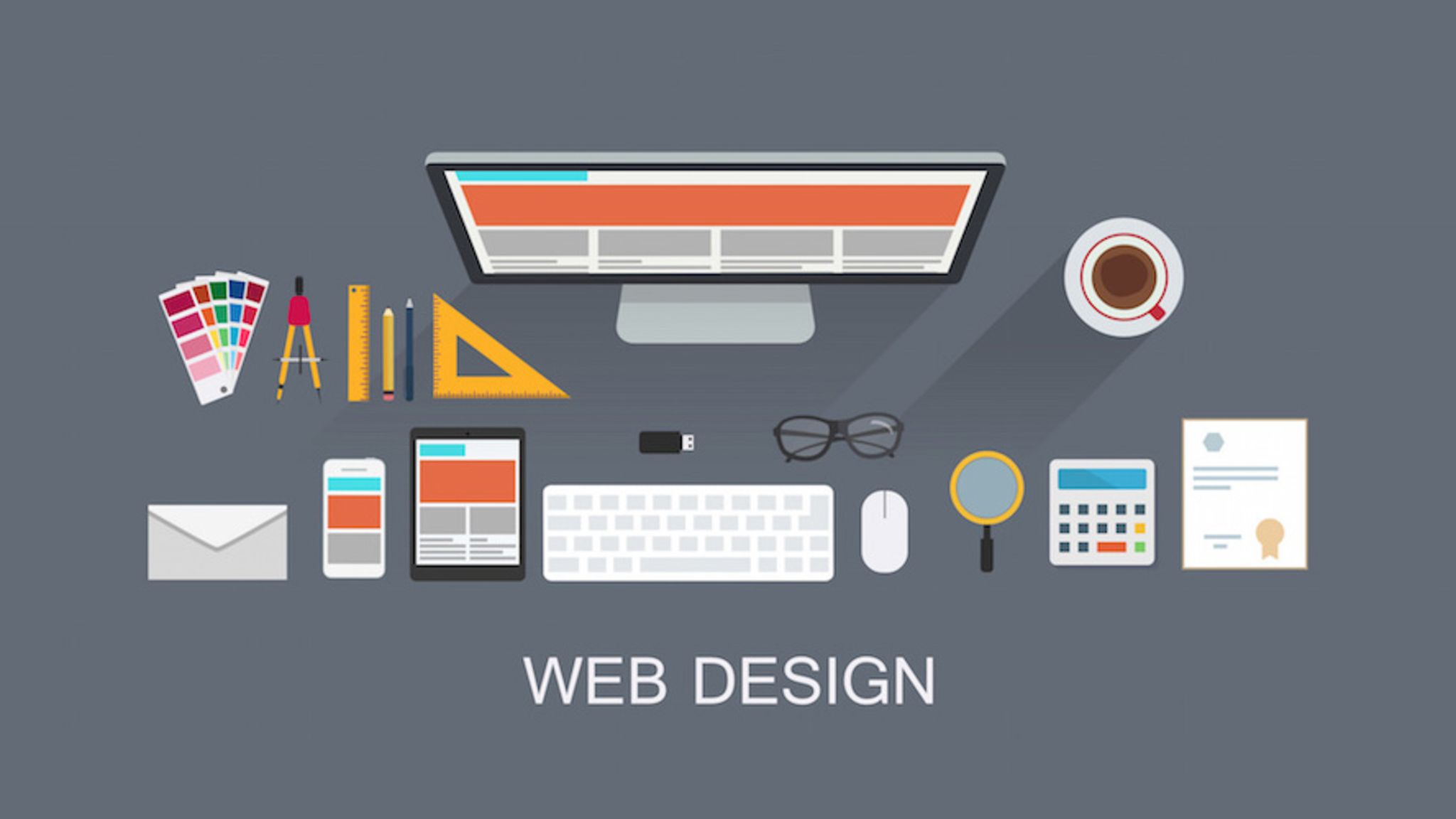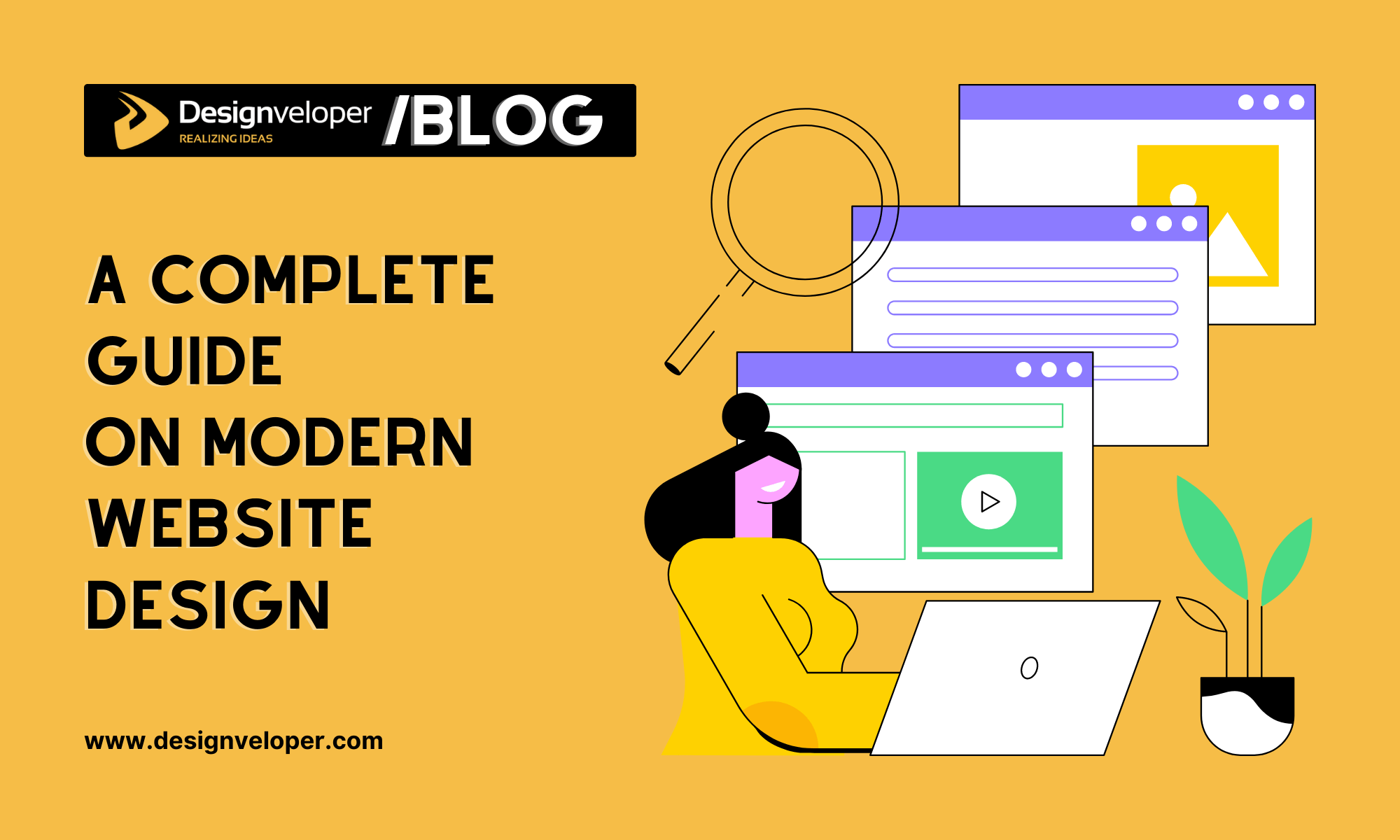Website Design in copyright: Building Mobile-Friendly Websites for Modern Audiences
Wiki Article
Achieve Online Success With User-Friendly Internet Site Layout
In the increasingly affordable digital landscape, the design of a website can be a pivotal consider identifying a company's success. User-friendly design not only boosts the overall individual experience but additionally affects essential metrics such as conversion, retention, and interaction rates. By focusing on user-friendly navigation and accessibility, companies can promote a more inclusive setting that attract a broader audience. Understanding the certain concepts and features that add to reliable design needs a more detailed evaluation of existing trends and finest techniques, which could expose possibilities for significant renovation.Importance of Individual Experience
Individual experience (UX) plays an essential function in the success of a site, as it directly influences user complete satisfaction and engagement. A positive UX makes certain that site visitors can navigate the site easily, accessibility info rapidly, and complete wanted activities, such as buying or signing up for a newsletter, without frustration.
In an electronic landscape where competition is fierce, a website that focuses on UX can significantly boost brand loyalty and retention. Individuals are most likely to go back to a site that supplies a seamless experience, creating a cycle of repeat brows through and boosted customer life time value. Reliable UX layout can reduce bounce prices, as users are less likely to leave a site that satisfies their needs effectively.
Furthermore, search engines significantly take into consideration user experience elements when ranking sites. Therefore, spending in individual experience is crucial for achieving long-term success in the digital marketplace.
Secret Principles of User-Friendly Layout
A successful user-friendly design hinges on a number of essential principles that improve use and availability. Most importantly is simpleness; a clutter-free user interface makes it possible for customers to browse effortlessly, decreasing cognitive load. This concept highlights the significance of succinct and clear web content, enabling users to find details promptly without unneeded diversions.Uniformity is an additional vital component. Consistent use of formats, colors, and typefaces promotes familiarity and constructs depend on. Users need to really feel comfortable as they discover different areas of the web site, recognizing that similar components symbolize relevant performances.
Efficient typography also plays a crucial duty in easy to use design. Readable fonts, proper sizes, and ample spacing guarantee that web content is easily legible across different gadgets. Moreover, incorporating user-friendly aesthetic pecking orders aids users identify essential info and actions at a glimpse.

Necessary Features for Navigation
Efficient navigating is critical for any easy to use internet site, as it straight impacts the general individual experience. A well-structured navigating system permits users to locate info quickly and successfully, reducing aggravation and enhancing involvement.One crucial feature is a clear and intuitive menu that classifies web content realistically - website design copyright. This menu ought to be quickly available from every page, commonly placed at the leading or on the side of the web site. Furthermore, integrating breadcrumb navigation assists individuals comprehend their find location within the site hierarchy and makes it easier to backtrack
Look capability is another vital part, making it possible for customers to discover details material without sorting through multiple web pages. This function ought to be plainly presented and responsive to variations in input.
In addition, a mobile-responsive style guarantees that navigation continues to be seamless across tools. As mobile use continues to rise, food selections must adapt to various screen sizes without endangering performance.
Lastly, aesthetic hints such as highlighting the active web page and making use of hover effects can improve user interaction. By integrating these important features, web site designers can develop a navigational experience that is not only user-friendly however also urges exploration and retention.
Accessibility Factors To Consider
Accessibility factors to consider are integral to developing an user-friendly internet site that caters to all people, despite their capacities or impairments (website design copyright). Web sites have to be created to ensure that individuals with aesthetic, auditory, cognitive, or motor problems can involve with material effectively. This begins with adherence to the Internet Content Ease Of Access Standards (WCAG), which provide a framework for making electronic web content more easily accessibleTrick practices include using detailed different text for pictures, making sure shade comparison ratios meet availability criteria, and providing captions for multimedia aspects. Furthermore, the navigating should be instinctive, permitting users to tab through web links and interactive aspects easily. Applying key-board navigating is important for those incapable to make use of a computer mouse.
Furthermore, clear and concise language enhances comprehension for users with cognitive limitations. Forms ought to be straightforward, with labels and instructions that are easy to understand. Regular ease of access testing, including user feedback from people with handicaps, can aid enhance and determine barriers use.
Measuring Design Success

User feedback studies and functionality testing are important in evaluating the efficiency of layout elements. These approaches enable designers to gather direct input from users, identifying discomfort factors and locations for improvement. In addition, tracking heatmaps can expose where individuals click helpful hints most often, aiding to inform layout modifications and material prioritization.
Google Analytics can track individual behavior, disclosing patterns that suggest whether the layout is facilitating or hindering the individual journey. Inevitably, a successful internet site style not just fulfills company objectives but also promotes a pleasurable and seamless customer experience, driving interaction and commitment over time.
Conclusion
In conclusion, user-friendly internet site layout is extremely important for attaining online success. Focusing on customer experience through simplicity, intuitive navigation, and reliable comments devices not just boosts individual engagement and satisfaction yet likewise cultivates brand name commitment. Including important navigating attributes and access factors to consider additionally guarantees that all customers can successfully engage with the site. Inevitably, determining layout success provides beneficial insights that guide continual improvement, strengthening a strong on-line visibility in a competitive digital landscape.Websites must be designed to make sure that users with aesthetic, auditory, cognitive, index or electric motor disabilities can involve with content properly.Gauging design success involves evaluating just how successfully a web site satisfies its desired goals while giving a favorable user experience. Google Analytics can track user behavior, revealing patterns that suggest whether the layout is assisting in or hindering the individual trip. Inevitably, a successful site layout not just meets service purposes but likewise promotes a delightful and seamless individual experience, driving interaction and commitment over time. Focusing on customer experience via simpleness, intuitive navigation, and efficient responses devices not just enhances user interaction and contentment yet also fosters brand loyalty.
Report this wiki page